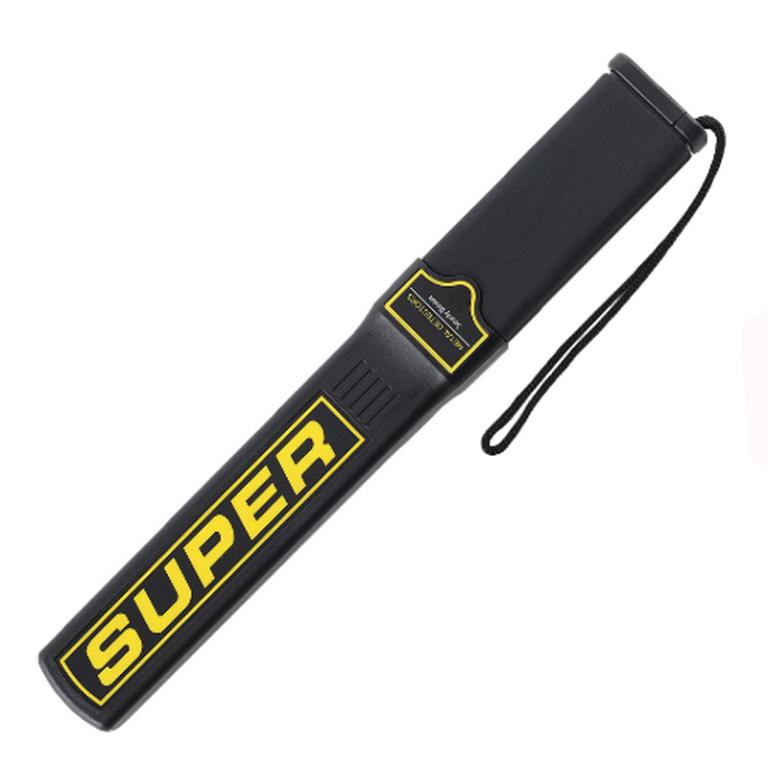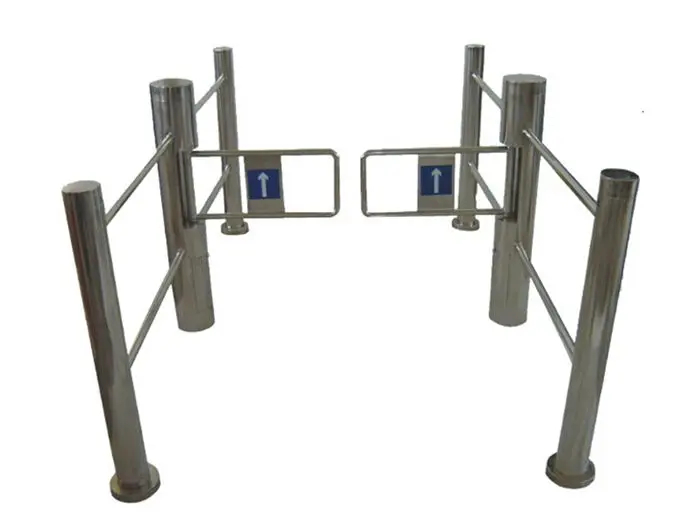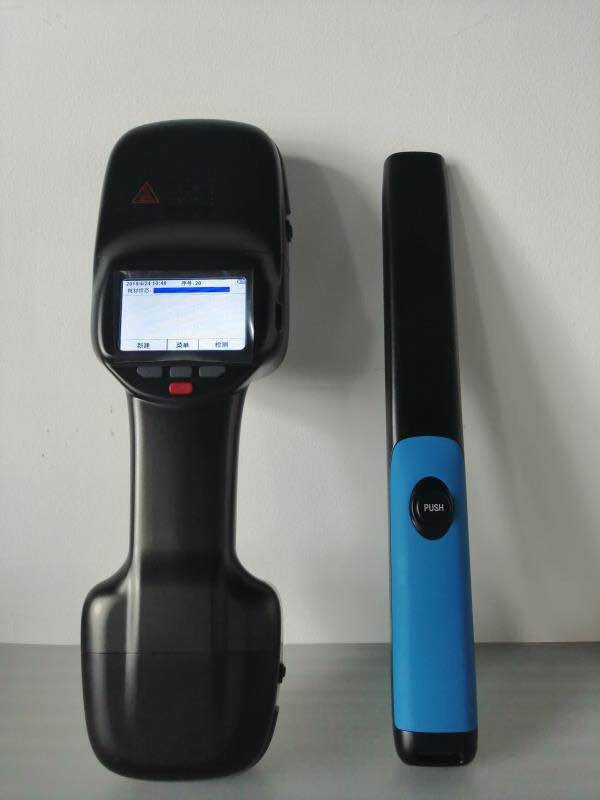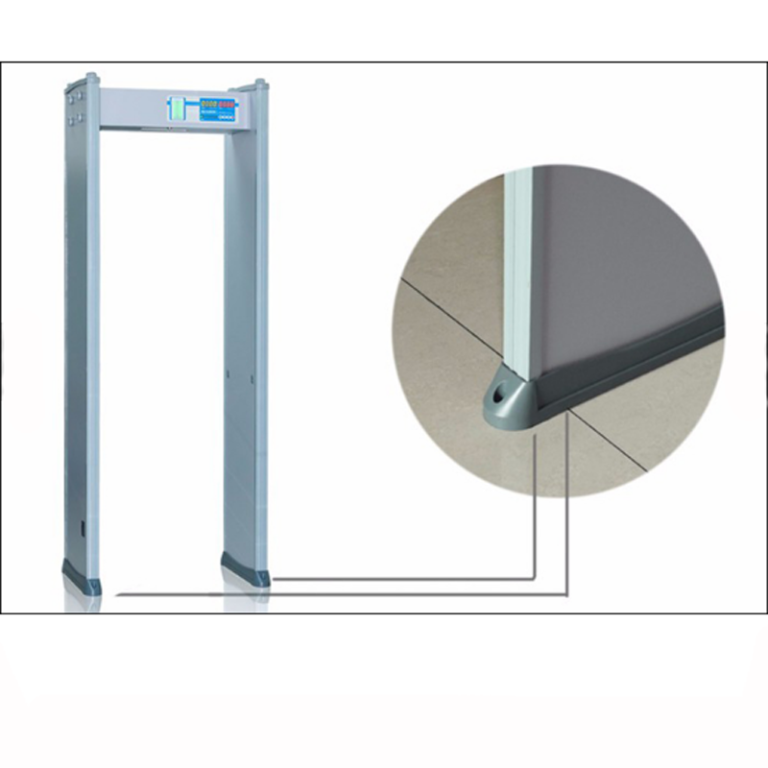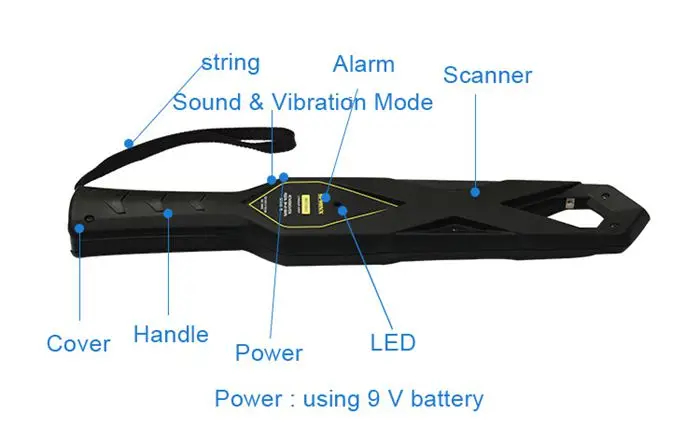রপ্তানি উন্মোচন: শিল্প ধাতু সনাক্তকারীর পিছনে বিজ্ঞান
একটি শিল্প ধাতব আবিষ্কারকের সংবেদনশীলতা এবং কার্যকারিতা বিভিন্ন কারণের উপর নির্ভর করে। ধাতুর আকার এবং ধরন সনাক্ত করা গুরুত্বপূর্ণ বিবেচনা। বড় বস্তু এবং তামা বা রৌপ্যের মতো উচ্চ পরিবাহী ধাতু দিয়ে তৈরি ছোট বস্তু বা লোহা বা নিকেলের মতো কম পরিবাহী পদার্থ দিয়ে তৈরি জিনিসের চেয়ে শনাক্ত করা সহজ। ধাতব বস্তুর অভিযোজন সনাক্তকরণকেও প্রভাবিত করতে পারে। চৌম্বক ক্ষেত্রের সাথে সারিবদ্ধ একটি বস্তুকে ক্ষেত্রের একটি কোণে অবস্থানের চেয়ে সনাক্ত করা সহজ।
ডিটেক্টরের অপারেটিং ফ্রিকোয়েন্সি আরেকটি গুরুত্বপূর্ণ কারণ নিম্ন ফ্রিকোয়েন্সিগুলি বৃহত্তর, গভীরতর বস্তুগুলি সনাক্ত করতে আরও কার্যকর, যখন উচ্চতর ফ্রিকোয়েন্সিগুলি ছোট, অগভীর বস্তুগুলি সনাক্ত করার জন্য আরও উপযুক্ত। ফ্রিকোয়েন্সি পছন্দ অ্যাপ্লিকেশনের নির্দিষ্ট প্রয়োজনীয়তার উপর নির্ভর করে। উদাহরণস্বরূপ, খাদ্য শিল্পে, যেখানে পণ্যগুলিতে ধাতুর ছোট খণ্ডগুলি সনাক্ত করা আবশ্যক, সাধারণত উচ্চ-ফ্রিকোয়েন্সি ডিটেক্টর ব্যবহার করা হয়। তাপমাত্রা, আর্দ্রতা এবং অন্যান্য চৌম্বকীয় বা বৈদ্যুতিক ক্ষেত্রের উপস্থিতির মতো কারণগুলি সনাক্তকারীর সংবেদনশীলতা এবং নির্ভুলতাকে প্রভাবিত করতে পারে। এই প্রভাবগুলি প্রশমিত করার জন্য, আধুনিক ডিটেক্টরগুলি স্বয়ংক্রিয় গ্রাউন্ড ব্যালেন্সিং এবং শব্দ বাতিলকরণের মতো বৈশিষ্ট্যগুলিকে অন্তর্ভুক্ত করে৷ এই ডিভাইসগুলি, যা ইলেক্ট্রোম্যাগনেটিজমের নীতির উপর নির্ভর করে, অনেক শিল্পে অপরিহার্য সরঞ্জাম, যা পণ্যের গুণমান, নিরাপত্তা এবং প্রবিধানের সাথে সম্মতি নিশ্চিত করতে সহায়তা করে। এই ডিভাইসগুলির পিছনের বিজ্ঞান বোঝা তাদের কার্যকারিতা এবং সম্ভাব্য অ্যাপ্লিকেশনগুলিতে মূল্যবান অন্তর্দৃষ্টি প্রদান করতে পারে, তাদের কার্যকর এবং দক্ষ ব্যবহারে অবদান রাখতে পারে৷
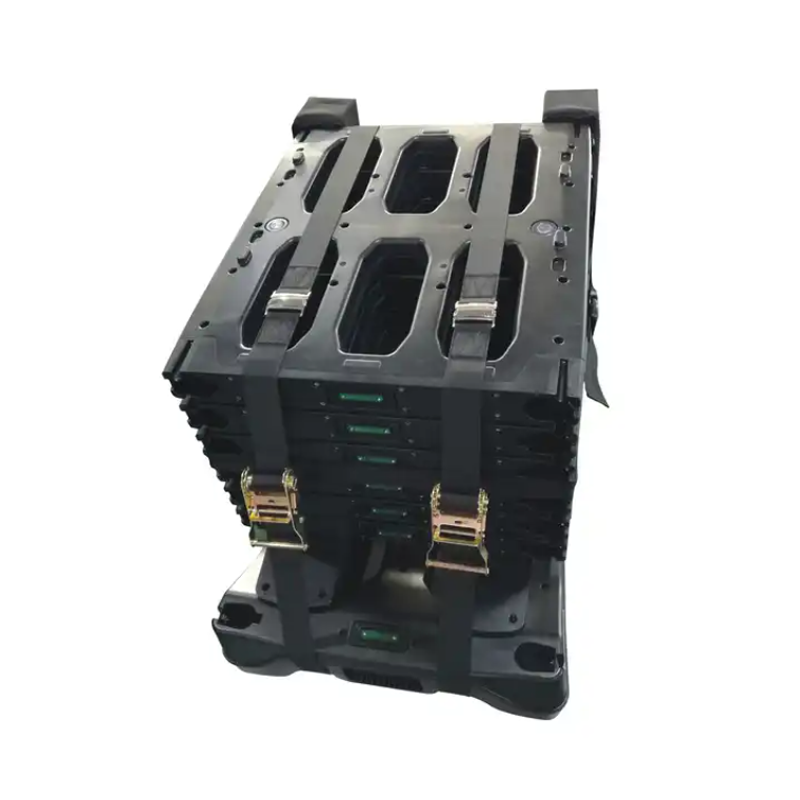
The process begins with the transmitter coil, which is powered by the detector’s control box. The coil generates a magnetic field that extends outward, penetrating the material being scanned. If a metallic object is present, it disrupts this magnetic field, causing a change in the field’s behavior. This change is detected by a second coil, known as the receiver coil. The receiver coil sends a signal to the control box, which processes the information and triggers an alarm or other response.
The sensitivity and effectiveness of an industrial metal detector depend on several factors. The size and type of metal being detected are significant considerations. Larger objects and those made of highly conductive metals, such as copper or silver, are easier to detect than smaller objects or those made of less conductive materials, like iron or nickel. The orientation of the metal object can also affect detection. An object aligned with the magnetic field is easier to detect than one positioned at an angle to the field.
The operating frequency of the detector is another crucial factor. Lower frequencies are more effective at detecting larger, deeper objects, while higher frequencies are better suited to detecting smaller, shallower objects. The choice of frequency depends on the specific requirements of the application. For example, in the food industry, where small fragments of metal must be detected in products, high-frequency detectors are commonly used.
The environment in which the detector operates can also influence its performance. Factors such as temperature, humidity, and the presence of other magnetic or electrical fields can affect the detector’s sensitivity and accuracy. To mitigate these effects, modern detectors incorporate features such as automatic ground balancing and noise cancellation.
In conclusion, the science behind industrial metal detectors is a fascinating blend of physics and engineering. These devices, which rely on the principles of electromagnetism, are essential tools in many industries, helping to ensure product quality, safety, and compliance with regulations. Understanding the science behind these devices can provide valuable insights into their operation and potential applications, contributing to their effective and efficient use.

